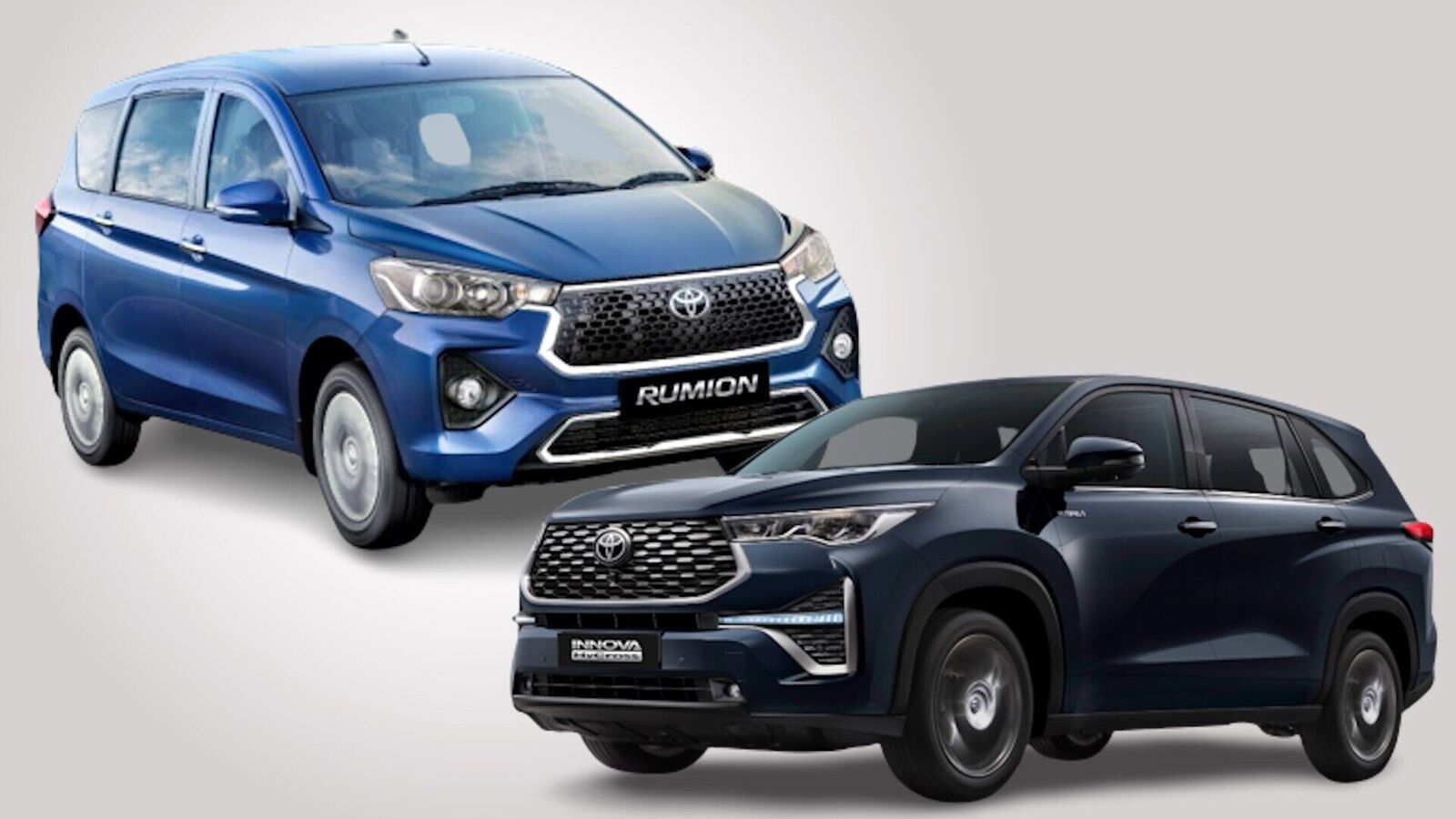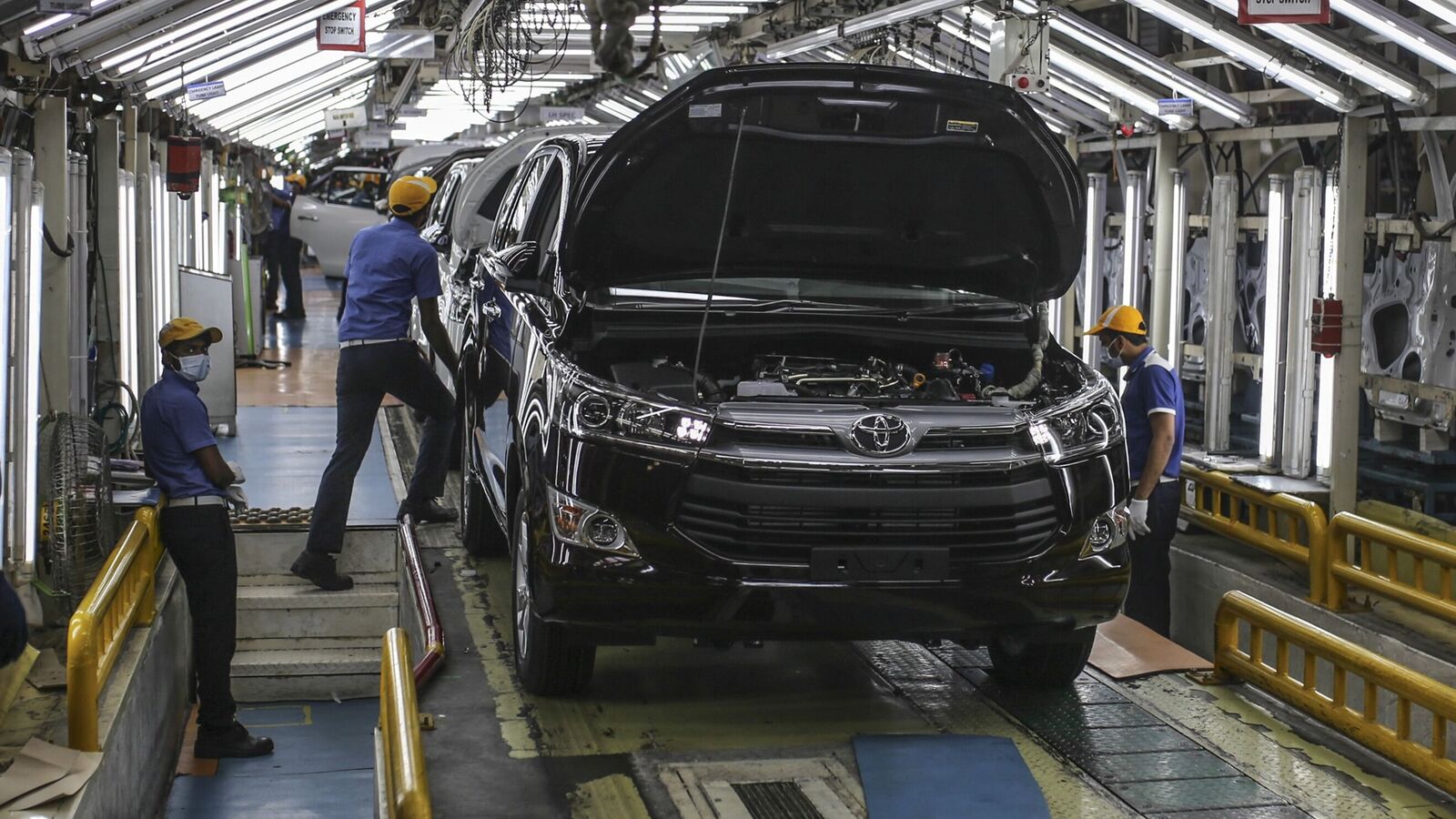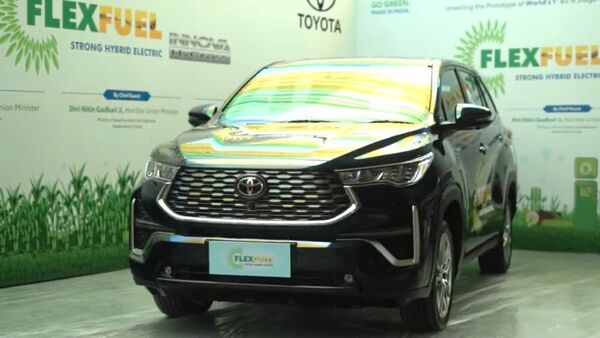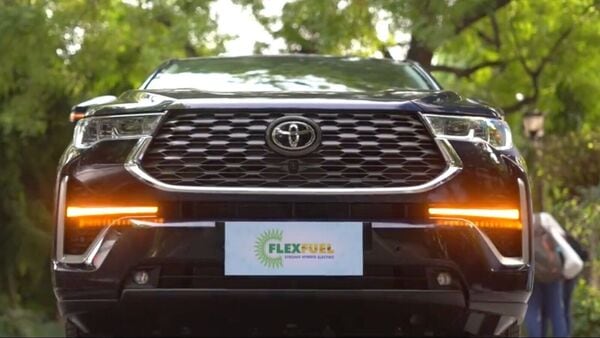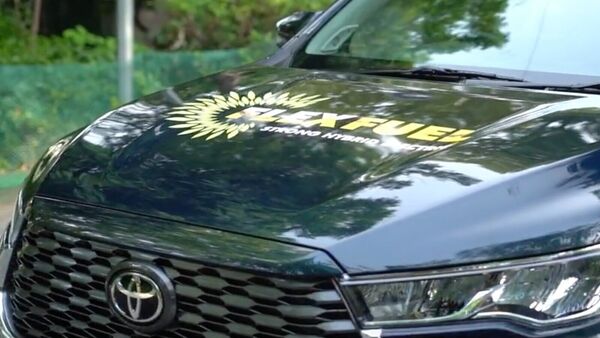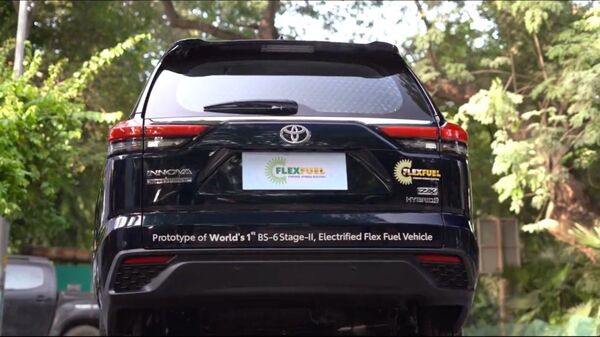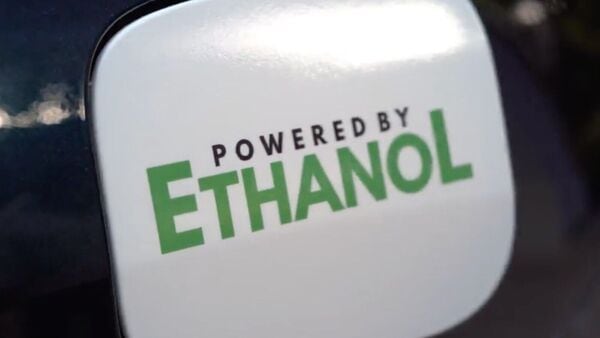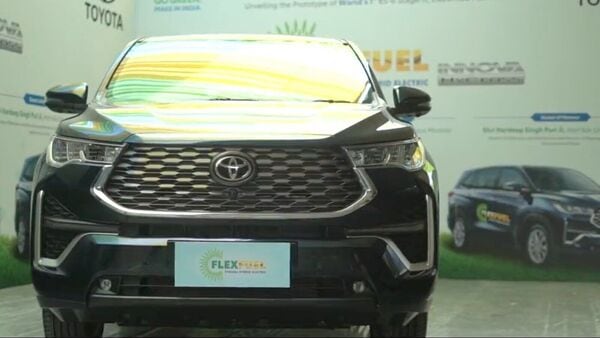Why India is in love with hybrid cars
Table of Contents
- Hybrid cars have been increasingly becoming popular across India, bridging the gap between electric cars and ICE models.
Hybrid cars are gradually gaining higher traction in the Indian passenger vehicle market. Over the last few years, several automakers present in the Indian market have been shifting their focus on bringing in new cleaner and greener powertrain technologies. While the ultimate goal remains steady on battery electric vehicles, hybrid cars are bridging the gap between pure EVs and fossil fuel-propelled models that run on petrol or diesel.
Market data reveals that between September and November 2023, sales of hybrid cars surged significantly surpassing the electric car retail numbers. While electric car sales have been witnessing a marginal slowdown, in sync with the worldwide trend, hybrid cars are recording a ramp-up in growth. As the numbers testify, a total of 24,062 units of hybrid cars were sold between September and November last year, as against 21,455 units of battery electric cars.
The question is why Indians are in love with hybrid cars instead of pure electric vehicles.
Advantages of hybrid technology over pure ICE or EV
It is well known that hybrid cars offer the benefit of both worlds, internal combustion engines (ICE) and electric vehicles (EV), by combining a fossil fuel engine with an electric motor and a battery pack. By blending the best of both worlds, the hybrid powertrain technology not only ensures lower tailpipe emission compared to pure petrol or pure diesel models but also offers lower fuel consumption and longer driving range, eventually resulting in financial savings for the vehicle owners.
At the same time, hybrid powertrain technology comes at a cheaper cost compared to pure electric vehicles. Besides that, using a hybrid car boosts the consumers’ confidence in electrified propulsion technology. There are different types of hybrid powertrain technology available in the market, which include micro hybrid, mild hybrid, full hybrid and plug-in hybrid. In the first two variants, the electric motor acts as an assisting component for the internal combustion engine, which generates the actual propulsion power, while in the latter two variants, the electric motor itself can generate propulsion power for the vehicle with assistance from a battery pack. Many full hybrid or plug-in hybrid cars can run about 50-kilometre distance on electric power alone.
Watch: Do Hybrid Cars Make More Sense Than EVs In India? | All Things EV | HT Auto
Hybrid cars offer a cost-effective solution against pure ICE, EV and CNG models
In the last few years, several automakers in the Indian passenger vehicle market have launched their respective hybrid cars. Maruti Suzuki Grand Vitara, Toyota Urban Cruiser Hyryder, Honda City and Toyota Innova Hycross are some of the key passenger vehicles in the country, which currently are sold as hybrid models. Interestingly, the hybrid powertrain technology has penetrated not only the mass-market segment but the luxury segment as well. The reason behind this is the rising consumer demand for this tech.
Multiple factors have played their bit in this growth story of hybrid cars. Since the Covid-19 pandemic, demands for personal mobility have surged drastically. At the same time, sky-high petrol and diesel prices and the significantly high cost of acquisition for electric cars have paved the way for hybrid cars in India, which satiate the requirement for lower tailpipe emission in the face of tightening emission norms and growing concern for environmental pollution. Besides that, the promise of a longer driving range and lower fuel consumption too helped the growth of hybrid cars.
Petrol and diesel prices in India have shot up by around 41 per cent since 2019. In such a situation increased availability of CNG kits in the aftermarket and OEMs introducing petrol-CNG cars have offered the consumers a viable solution, but with that, the vehicle owners have to compromise on boot storage. Electric vehicles too have come up dramatically in the last few years, but even now, an electric car costs significantly more than its ICE counterpart. Besides that, other factors like confusion about the lifecycle of EVs, lack of charging infrastructure, and range anxiety have been hindering the desired growth of electric cars.
On the other hand, hybrid technology offers a key viable solution, where consumers don’t have to worry about range anxiety or compromise on the boot space of their vehicles while getting the benefit of both ICE and EVs. The consumers have understood this and shifting their focus accordingly. Buoyed by that, carmakers in India are increasingly focusing on bringing hybrid cars into the market, fuelling the cyclic growth in the segment.
First Published Date: 06 Mar 2024, 15:13 PM IST
Source link


